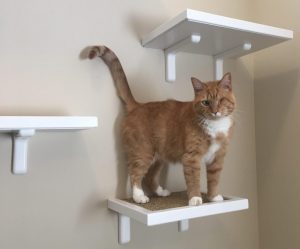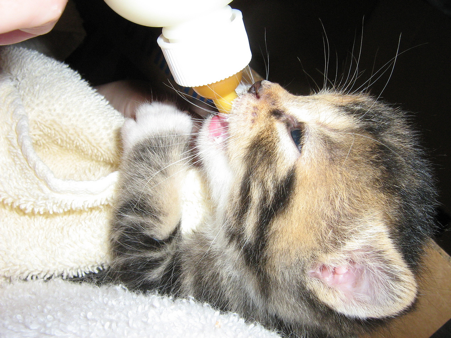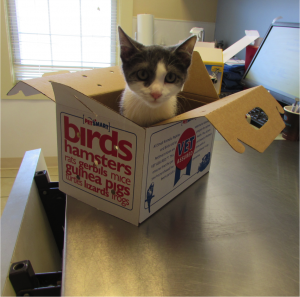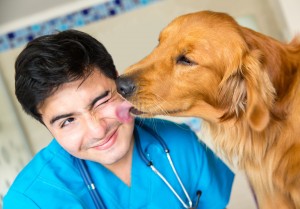
The verb may be new to the vernacular, but it’s far from a novel concept in “certain circles.”
That verb is catification. The creation of a feline-friendly environment catering to a cat’s natural instincts to climb and perch, rest and play. A “cats only” club whose members own their own space.
Curious about catifying? Then, consider these suggestions.
Since felines are famous for being “busy bodies”, keep them happily busy by giving them a clear view of the world outside their favorite window. Create a lookout point for them using a window seat or perch, a strategically situated shelf or bookcase. One note of caution: the sight of outdoor cats – whether neighborly or feral – may unsettle some indoor cats. Should yours be one of them, find a different window or an equally acceptable alternative.
Expand their world vertically and horizontally by erecting multi-perched and multi-leveled cat trees or by installing specially designed cat shelves, which, when connected, will form a veritable “cat highway.” This allows cats in a multi-cat household to get along more amicably since they can a) claim their own special spots without having to “time share” and b) peer down from on high at the world below. This also encourages them to be more active and to exercise (both sorely lacking in too many indoor cats) by giving them something to aim for and somewhere to jump to.
Rather than concealing scratching posts for esthetic reasons, place them precisely where your finicky feline prefers them. They may be eyesores to you, but they’re godsends for your fabrics and furniture, doorknobs, drawer handles and drapery pulls. Ensure that the scratching posts are extremely sturdy and provide horizontal, vertical, and inclined positions. Two additional benefits to scratching on these posts: cats stretch their back muscles and remove the outer sheaths of their nails.
Some cat behaviorists suggest the “plus one” rule, i.e., when determining how many litter boxes you need, count the number of cats you have and add one. One cat equals two boxes, and so on, each located in places of significance to THEM not YOU. And that usually means as close as paws-ible to you and YOUR favorite places, from couches and chairs, to coffee table and closets. Rather than engage in a cat fight, compromise by placing one litter box in your bathroom and the other near your cat’s favorite window or door.
As supreme self-groomers, all fastidious felines will, not unreasonably, turn up their noses at “kitty bathrooms” that aren’t equally as fastidious. To keep them from turning your carpets or floors into their pottying places of choice, use only those litter boxes specifically designed to fight odors. Ones that optimize natural air circulation, allowing wet litter to properly dry and discouraging the growth of the bacteria and fungus that fill the air – and your cat’s nostrils – with their noxious fumes. The bonus for you? You won’t have to change your cat’s litter as often!
Eliminate the stress on your cat’s whiskers caused by their brushing up against or being confined by the high sides of most food and water dishes. Because a cat’s whiskers are long, fine and delicate, they are also extremely sensitive. Wide, low-sided dishes will allow your cat to lap and lick, feed and feast whiskers-and-pain-free.
Paws crossed that these simple solutions help to create the most catified, satisfied felines ever.
Article by Nomi Berger

















